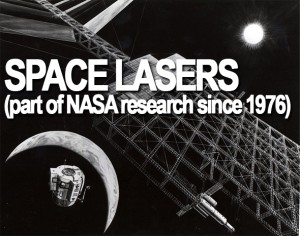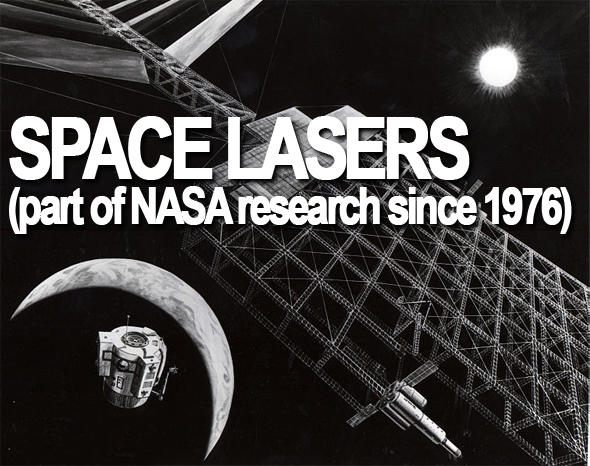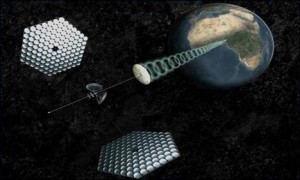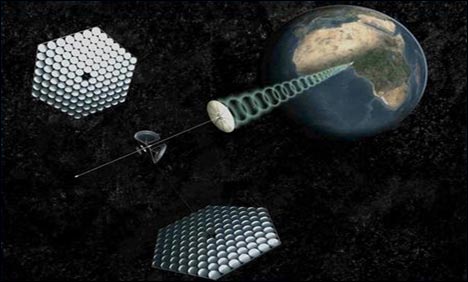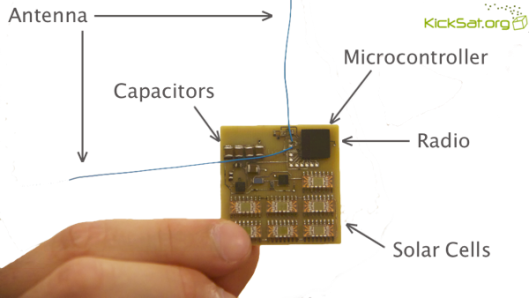
I wonder what it feels like to know that you’ve contributed to space expeditions and, indirectly, to the future of mankind? Very proud, I assume, as must feel the engineers from SpaceX, a private space transport company led by Elon Musk, also Tesla Motors’ CEO.
During its first mission to the International Space Station, the Dragon spacecraft will spread out solar arrays within minutes after its departure.
The arrays will be put in place to capture the energy needed to run sensors, cooling and heating systems as well as keeping in touch with SpaceX’s Mission Control Center and the ISS.
 Follow
Follow